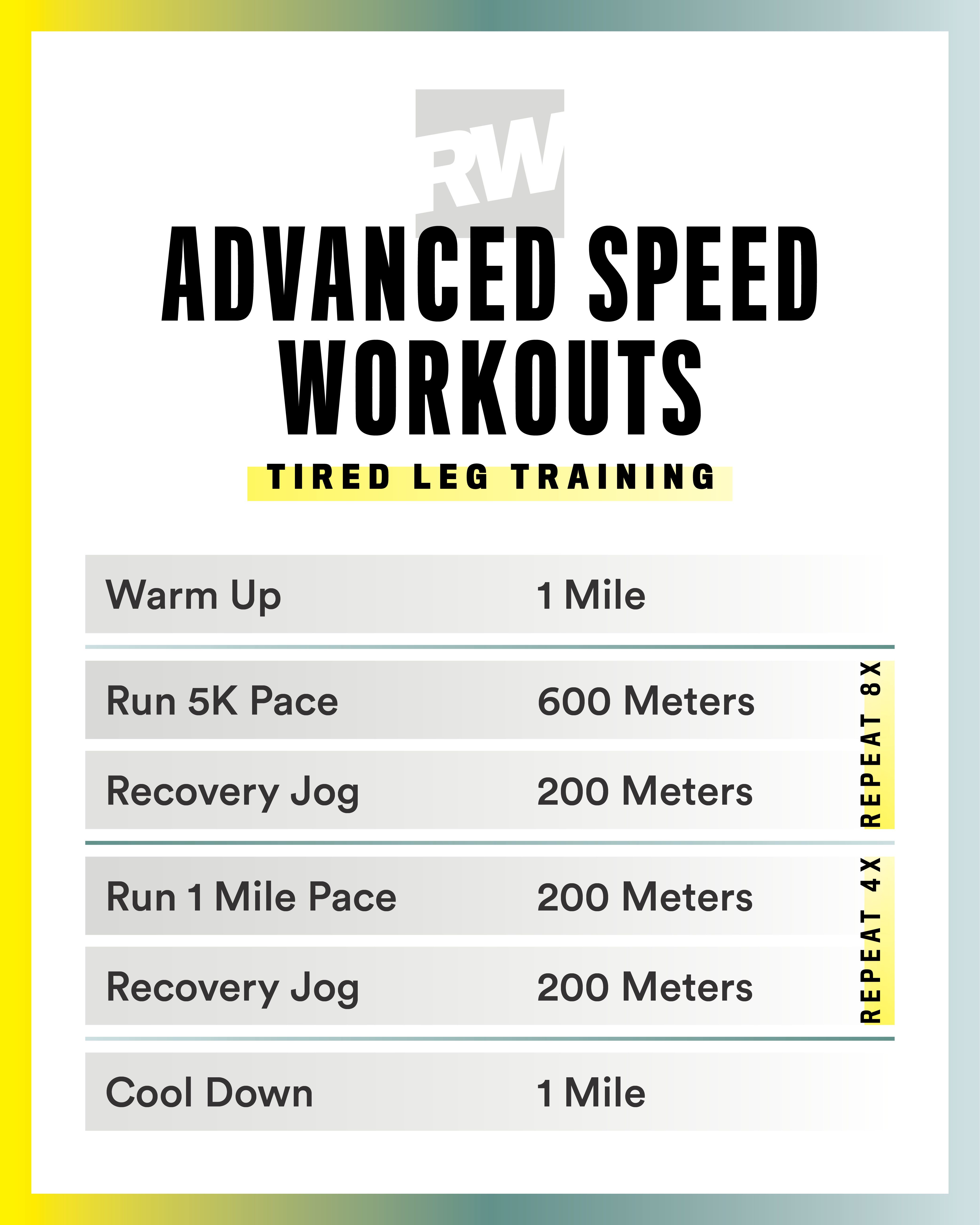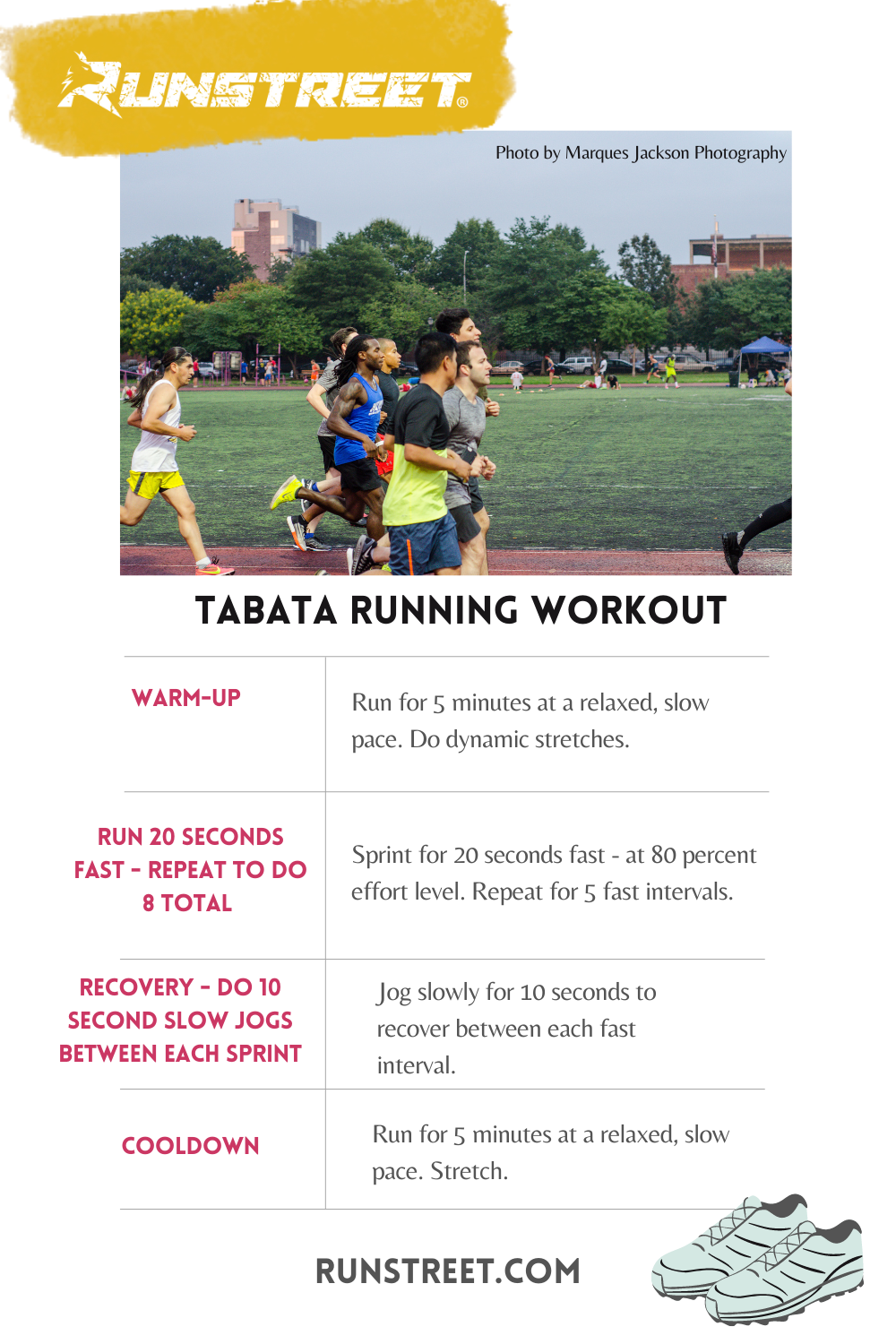Release Your Possible: Running Strategy Basics for Peak Performance
Release Your Possible: Running Strategy Basics for Peak Performance
Blog Article
Managing Typical Running Pains: Causes, Solutions, and Prevention
As joggers, we commonly run into different pains that can prevent our performance and pleasure of this physical task. By exploring the origin reasons for these operating discomforts, we can reveal targeted solutions and precautionary actions to ensure a smoother and much more satisfying running experience.
Typical Running Pain: Shin Splints
Shin splints, an usual running pain, frequently result from overuse or improper footwear during physical activity. This condition, clinically called medial tibial anxiety syndrome, materializes as pain along the inner edge of the shinbone (shin) and is widespread amongst professional athletes and runners. The recurring stress on the shinbone and the cells affixing the muscle mass to the bone causes inflammation and pain. Joggers that quickly boost the intensity or duration of their workouts, or those that have level feet or incorrect running techniques, are particularly at risk to shin splints.
To prevent shin splints, individuals ought to gradually increase the intensity of their workouts, use proper shoes with correct arch assistance, and maintain flexibility and strength in the muscle mass bordering the shin (running strategy). In addition, incorporating low-impact activities like swimming or cycling can help maintain cardiovascular fitness while permitting the shins to heal.
Typical Running Discomfort: IT Band Disorder
Along with shin splints, one more common running pain that athletes typically come across is IT Band Disorder, a problem created by swelling of the iliotibial band that leaves the external thigh and knee. IT Band Syndrome generally manifests as discomfort on the outside of the knee, especially throughout tasks like running or biking. The iliotibial band is a thick band of fascia that links the hip to the shin, and when it becomes swollen or limited, it can scrub against the thigh bone, resulting in discomfort and discomfort.
Runners experiencing IT Band Disorder may see a stinging or hurting experience on the outer knee, which can get worse with continued task. Elements such as overuse, muscular tissue imbalances, incorrect running form, or insufficient workout can contribute to the advancement of this problem.
Common Running Discomfort: Plantar Fasciitis

Plantar Fasciitis can be associated to various variables such as overtraining, incorrect shoes, working on hard surfaces, or having high arches or flat feet. To avoid and relieve Plantar Fasciitis, joggers can incorporate stretching workouts for the calf bones and plantar fascia, put on encouraging shoes, keep a healthy and balanced weight to reduce strain on the feet, and gradually increase running intensity to prevent unexpected anxiety on the plantar fascia. If signs and symptoms continue, it is suggested to get in touch with a medical care specialist for correct medical diagnosis and therapy choices to resolve the problem successfully.
Typical Running Pain: Runner's Knee
After dealing with the obstacles of Plantar Fasciitis, another common concern that runners commonly face is Runner's Knee, a common running discomfort that can prevent athletic performance and create discomfort during physical activity. Jogger's Knee, additionally known as patellofemoral pain disorder, manifests as pain around or behind the kneecap. Joggers experiencing this discomfort may feel a boring, hurting discomfort while running, going up or down stairs, or after extended durations of resting.
Usual Running Discomfort: Achilles Tendonitis
Typically afflicting joggers, Achilles Tendonitis is an unpleasant condition that impacts the Achilles ligament, creating pain and potential restrictions in exercise. The Achilles ligament is a thick band of cells that attaches the calf bone muscular tissues to the heel bone, crucial for activities like running, jumping, and walking - find this. Achilles Tendonitis typically creates due to overuse, improper footwear, insufficient extending, or abrupt increases in physical activity
Symptoms of Achilles Tendonitis consist of discomfort and stiffness along the ligament, specifically in the early morning or after periods of inactivity, swelling that worsens with task, and perhaps bone spurs in persistent situations. To avoid Achilles Tendonitis, it is vital to stretch effectively in the past and after running, use suitable shoes with correct support, gradually increase the strength of workout, and cross-train to decrease repetitive stress and anxiety on the tendon.
Conclusion

Report this page